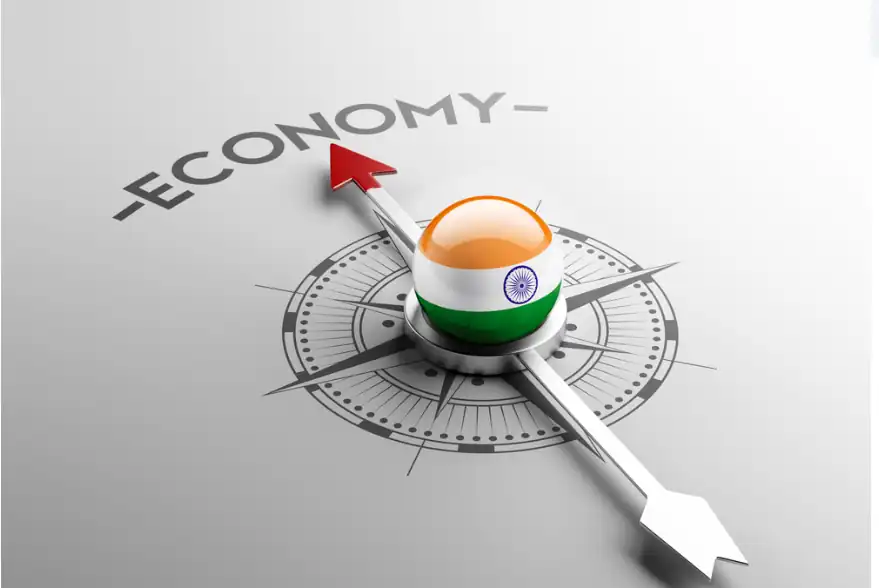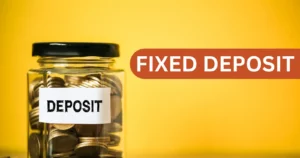In this article, we are going to take a close look at the economic trends related to the inflation rate in India. Before understanding the inflation date in India, one must know what it means. Inflation means a rise in the price of goods and services for a given period. Inflation has been a concern during this period because it’s affecting the price of every product available in the market. The current tolerance band is set to 2 to 6 per cent by the Reserve Bank of India. The National Statistics Office released data on the retail inflation rate in India. The report says that the inflation rate dropped by 5.09% in February 2024. The inflation rate was stored at 5.10% in January and dropped slightly by 0.01% in one month.
CPI
The consumer price index is used to measure the changes in the average price level of goods and services purchased by households over some time. This method is used for measuring inflation and helps in indicating the cost of living.CPI provides an index to account for the changes in customers’s purchasing power, which is often used to maintain pensions, wages, etc.
WPI
WPI stands for wholesale price index. It is often used to measure the difference between the average price level of bulk goods traded or wholesale products. WPI also serves as a tool to measure inflation in the production and distribution stages. It is often used by policymakers, businessmen, and analysts to study the glacier pressure of the economy. These analyses help to make decisions based on the inflation in the wholesale market.
Calculation of Inflation
The formula for calculating inflation is
((B – A) / A) x 100
Where A represents the initial value.
B represents the final value.
For using this formula, you should have an initial value and a final value of the customer price index for the CBI of this good answer. After subtracting the initial value represented by a and the final value represented by b, you can find the difference between the two numbers (a and b).
The difference after subtracting a and b indicates the increase in the customer price index for that good or service. After dividing the difference by the given initial value, you may obtain a decimal figure that will be your inflation rate.
If you want to express the decimal number in percentages, you can multiply the value by 100, and the result will represent the inflation rate.
Types of Inflation
There are many kinds of inflation, depending on its cause and effect.
Demand pulls inflation
Demand-pull inflation occurs when there is an accessible money supply in the market. Demand-full inflation is a situation where aggregate demand in an economy seeds the supply of courses and services by the customer. This money supply means customers will have more money to spend on purchasing various products and services, which creates a demand-full situation leading to a rise in the price of the product so that this demand and supply can be balanced.
Cost-push inflation
Cost-effective inflation can be caused by various factors, including changes in government policy, an increased tax rate, or rising energy prices. This rise in expenses will be added on per unit produced in the industry, which will ultimately increase the production cost, such as wages, raw materials, or taxes. During this situation, goods are manufactured with a higher input cost, and this course is into the money products manufactured.
In simple words, full inflation is a situation where the production is highest which leads to goods at higher prices.
Built-In Inflation
Wait, and inflation is a self-made cycle where an increase in prices is expected in the future. To protect their purchasing power, workers and businesses negotiate higher wages and prices, which ultimately lead to an upward spiral of production, prices, and costs.
In simple words, built-in inflation is predetermined by the market owners where they built inflation in the market themselves for earning more profit.
Hyperinflation:
Hyperinflation is a very rare situation where the value of a currency collapses suddenly. It can be caused by a lack of money printing or instability in politics during times of economic crises. A situation where price scores rise uncontrollably. It can destroy a country’s economy.
Stagflation:
Stagflation refers to a combination of restricted economic growth, a high unemployment rate, and inflationary pressures in the market. It creates a challenging situation for the government because traditional measures to stabilise economic growth, such as lowering interest rates or increasing government spending, can make inflation worse.
Disinflation
Disinflation has been seen as a positive approach as it brings relief from the rapid increase in prices of goods and services. Disinflation is the opposite of inflation. In this situation, the price of the product or service rises at a slow rate as compared to other types of inflation.
In simple words, inflation reduces the purchasing capabilities of customers. as the price rises with increased money supply to maintain equilibrium in the market.





